ESP (Electronic Stability Program) is the most common of the many abbreviations that exist today, denoting the same thing: a car's dynamic stabilization system. There are other names as well. Depending on the manufacturer, the letters in the name of this system may be different - ESC, VDC, VSC, DSC, DSTC, but the essence is the same everywhere: in dangerous situations, this electronics helps you cope with the car.
The task of the ESP system is to control the lateral dynamics of the car and help the driver in critical situations - to prevent the car from falling into a skid and side slip. That is, to maintain directional stability, the trajectory of movement and stabilize the position of the car in the process of performing maneuvers, especially at high speed or on poor coverage. This system is sometimes referred to as "anti-skid" or "stability control".
The prototype of the ESP called "Control Device" was patented back in 1959 by Daimler-Benz, but it was only in 1994 that it was really possible to realize it. Since 1995, the system has been standardly installed on the Mercedes-Benz CL 600 coupe, and a little later, all S-class and SL cars were equipped with it.
Today, the dynamic stabilization system is available, at least as an option, on almost any car. There is no longer a direct dependence on the class of the car: the ESP system can be found even in the relatively inexpensive new Volkswagen Polo. So how does it work?
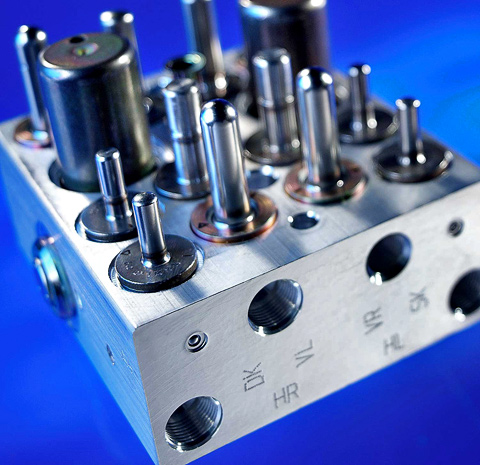
Modern ESP is interconnected with ABS, traction control and engine control unit, it actively uses their components. In fact, this is a single system that works in an integrated manner and provides a whole set of auxiliary counter-emergency measures. Structurally, ESP consists of an electronic controller unit that constantly processes signals from numerous sensors: wheel speed (standard ABS sensors are used); steering wheel position sensor; brake pressure sensor.
But the main information comes from two special sensors: angular velocity relative to the vertical axis and lateral acceleration (sometimes this device is called the G-sensor). It is they who fix the occurrence of lateral slip on the vertical axis, determine its magnitude and give further orders. At every moment, ESP knows how fast the car is going, what angle the steering wheel is turned, what rpm the engine has, whether there is a skid, and so on.
Scheme of ESP operation
By processing signals from sensors, the controller constantly compares the actual behavior of the car with what is included in the program. If the behavior of the car differs from the calculated one, the controller understands this as a dangerous situation and seeks to correct it.
The system can return the car to the desired course by giving a command for selective braking of one or more wheels. Which of them should be slowed down (front wheel or rear wheel, external to the turn or internal), the system determines itself depending on the situation.
The system brakes the wheels through the ABS hydraulic modulator, which creates pressure in the brake system. At the same time (or before) the engine control unit receives a command to reduce the fuel supply and reduce, respectively, the torque on the wheels.

This figure clearly illustrates the situation when the driver has exceeded the maximum speed of entry into a turn, and skidding or drifting has begun. The red line indicates the trajectory of the car without ESP. If her driver starts to slow down, he has a serious chance to turn around, and if not, then fly off the road. ESP, on the other hand, will selectively slow down the desired wheels so that the car remains on the desired trajectory.
The system works always, in any driving modes: during acceleration, braking, coasting. And the algorithm for triggering the system depends on each specific situation and the type of car drive. For example, in a turn, the angular acceleration sensor detects the beginning of the skid of the rear axle. In this case, the engine control unit is commanded to reduce the fuel supply. If this was not enough, the outer front wheel is braked by means of the ABS. And so on, according to the program.
In addition, in vehicles equipped with an electronically controlled automatic transmission, ESP is even able to correct the operation of the transmission, that is, switch to a lower gear or to a "winter" mode, if it is provided.
Bosch ESC stabilization system in action: a passenger car evades a truck that has suddenly changed direction, and ESC helps the driver maintain control of the car and avoid crashing into a median barrier.
However, there is an opinion that this system interferes with an experienced driver who is able to drive to the limit. Such situations are really rare, but they can occur - for example, when you need to step on the gas to get out of a skid, and the electronics do not allow you to do this - it “strangles” the engine.
Fortunately, for experienced drivers, many vehicles equipped with ESP provide the ability to force it to turn off. And on some models, the system allows for small drifts and slips, giving the driver a little mischief, intervening only if the situation becomes really critical.
ESC again: this time the driver of the passenger car overtakes the truck in the oncoming lane, during which the left wheels of the car suddenly hit a wet section of the road. Without ESC, overtaking ends on the side of the road; with ESC, the driver returns safely to his lane.
ESP is one of the most important parts of the vehicle's active safety system. It corrects errors in handling and often helps to get out of situations in which the average driver in a conventional car would have been a complete fiasco. The main advantage of ESP is that with it the car ceases to require extreme driving skills from you. You just turn the steering wheel - and the car itself will think how to fit into the turn.
But keep in mind - ESP's ability to correct a dangerous situation is not unlimited. After all, the laws of physics cannot be cheated. Therefore, we must remember that although ESP significantly reduces the chances of getting into an accident in many difficult situations, it does not relieve the driver of the need to have his head on his shoulders.
Aleksey Kolontay, Center for counter-emergency training of drivers "Master-Class".
Source: http://www.faqnissan.ru/faq/002/10256.html
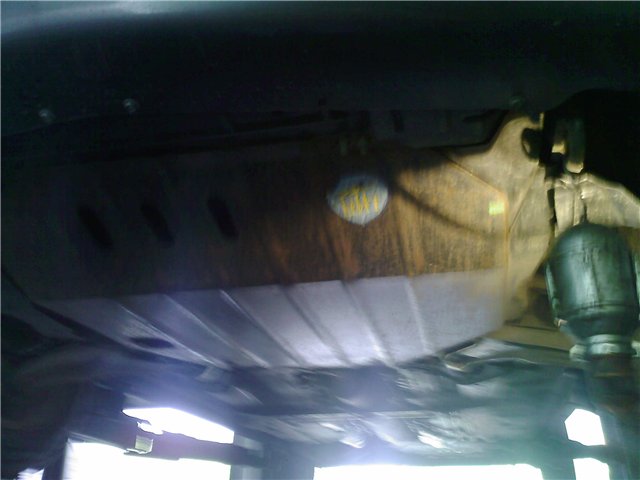
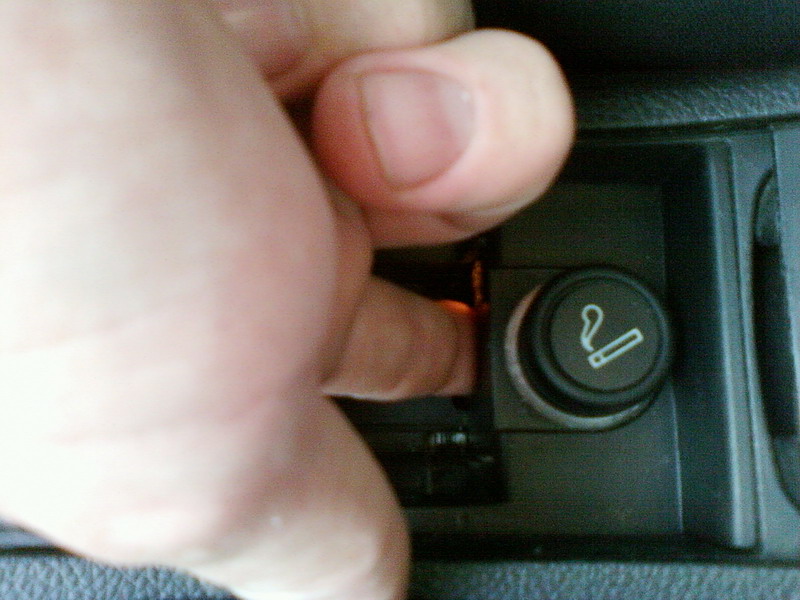
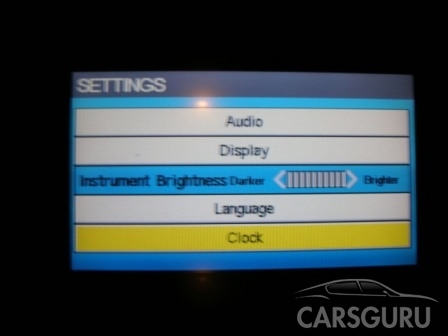
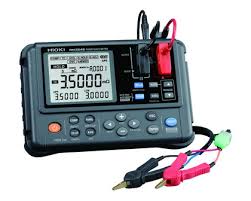

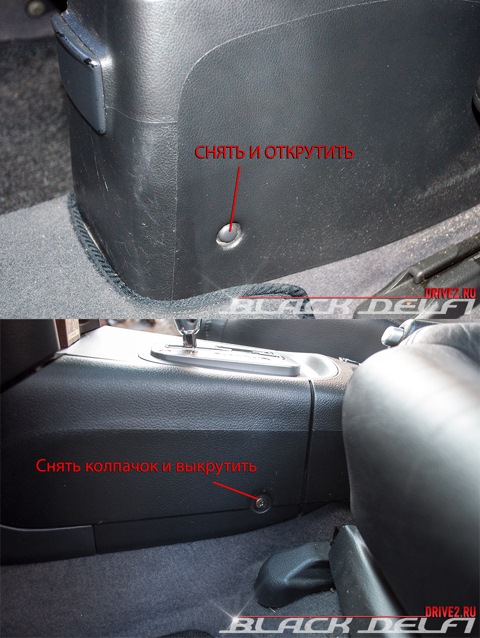
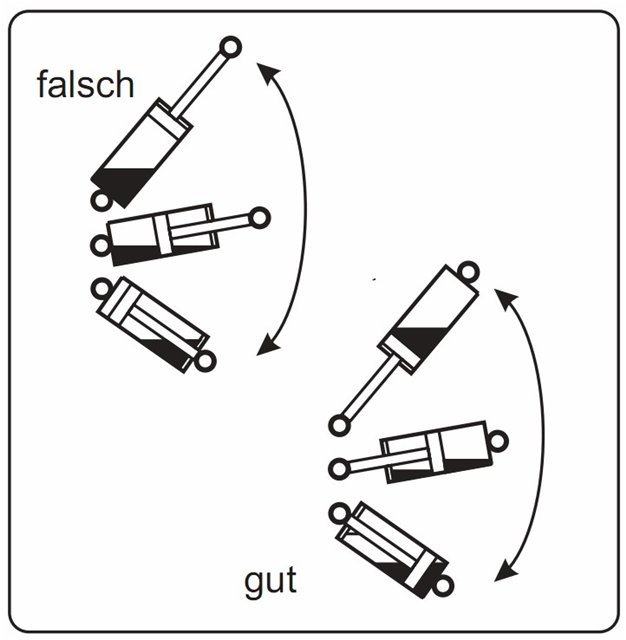
![P12 [2001 - 2008]](/uploads/Nissan_Primera_Primera_1.9_DCi_Sedan.jpg)
